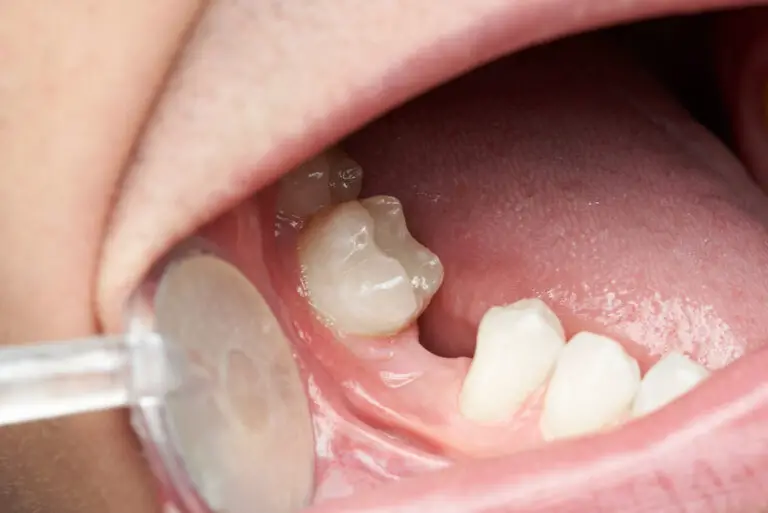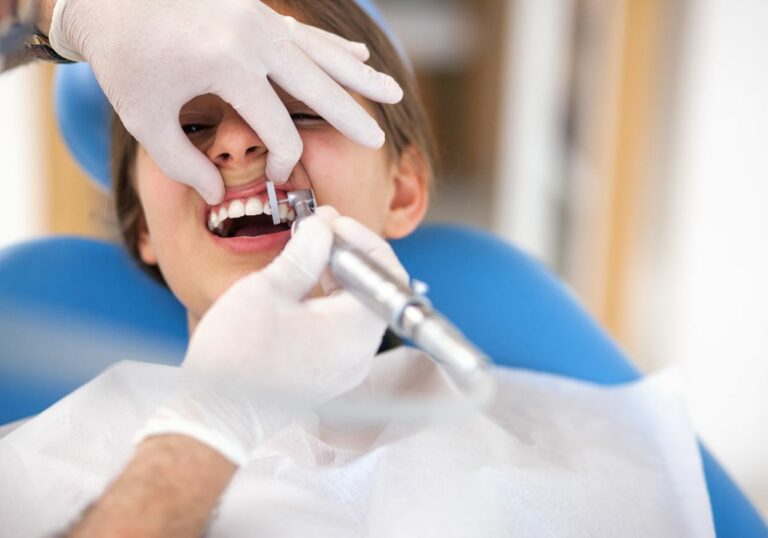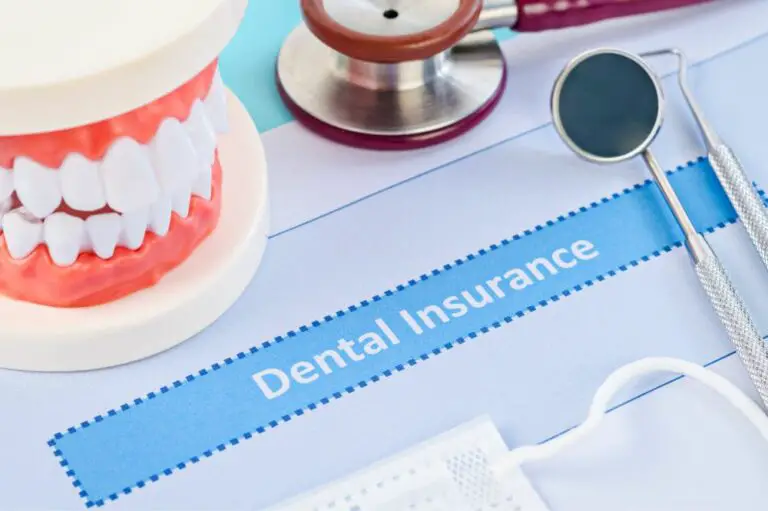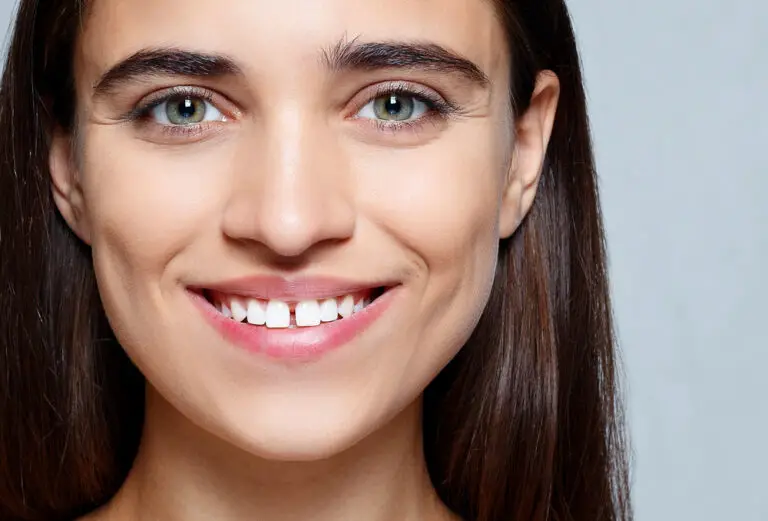The jawline is an important facial feature that greatly impacts one’s appearance and attractiveness. A well-defined jawline with sharp angles along the mandible contributes to an overall aesthetic face. However, not everyone is naturally endowed with a prominent, chiseled jawline. There are many factors that determine jawline appearance, including genetics, gender, age, bone structure, and facial fat distribution.
For those unhappy with a soft, undefined jaw area, the question arises as to whether dental treatments could improve or alter the jawline. In this detailed article, we will examine the relationship between the teeth, jaws, and jawline definition. We’ll discuss how certain dental interventions may or may not affect the jawline. We’ll also look at non-dental procedures that more directly target the jaw.
How the teeth, jaws, and jawline are related
The jawline is shaped by the underlying mandible bone, as well as attachments of facial muscles and fat distribution. The curvature of the mandible from the ear area down beneath the chin forms the foundation. But the position and alignment of the teeth also have an impact on the overlying jawline region. Here’s how they are connected:
Jaws provide foundation for teeth
The upper jaw (maxilla) and lower jaw (mandible) contain the alveolar bone that forms the tooth sockets. This bony housing surrounds and supports the teeth roots. The size and shape of the jaws thus dictate the positioning of where teeth can develop and erupt.
Normally, the jaws provide adequate room for all adult teeth to erupt in proper alignment and symmetry. However, abnormalities in jawbone development can result in crowding and misalignment of the teeth.
Teeth anchor into jawbone
Once the teeth grow in, they fuse to the jawbones via the periodontal ligaments. This anchors them firmly in place within the sockets. The positioning of the teeth and contact between upper and lower sets has a direct impact on jaw position and facial proportions.
With normal occlusion (bite), the upper teeth slightly overlap the lower teeth vertically and fit properly anteroposteriorly (front-to-back). Proper occlusion enables balanced jaw posture and optimal facial symmetry.
Jaws adapt to accommodate teeth
While jawbones determine initial tooth positioning, the dynamics can change after teeth erupt. Jaws are somewhat malleable and can remodel over time to compensate for dental imbalances. For example, a mismatch between jaw size and tooth size may cause crowding and crooked teeth. When this occurs, the jaws twist and bend to adapt around the teeth.
In other cases, missing teeth or vertical overlap issues can cause changes in jaw position over many years. So the interplay between jaws and teeth goes both ways.
Muscles, fat, and other tissues form the jawline
The mandible provides the underlying structure, but the visible jawline is shaped by overlying soft tissues:
- Masster muscle – Runs from cheekbone to jaw angle
- Platysma muscle – Sheets across jawline and neck
- Fat deposits – Contribute to softness along the jaw/neck
Along with age-related skin laxity, these soft tissue factors determine how sharply the jaw bone is defined. A taut muscular jawline is considered ideal, but not everyone has ideal soft tissue anatomy.
How dental factors influence jawline appearance

Malocclusion and poor dental alignment or missing teeth can all negatively impact the jawline. Here’s a more in-depth look at how these dental issues affect overlying jawline definition:
Crowding and crooked teeth
When the jaws do not provide adequate room for all the teeth to fit properly, crowding and crooked teeth result. The teeth must twist and rotate to fit inside an insufficient bone housing. This may visibly distort the jawline:
- Widened or asymmetrical jaw – As some areas of the jaw expand while others remain neutral, asymmetry results, altering the balance and proportions of the jawline.
- Protruding side profile – Front teeth that flare out due to crowding create a more convex facial profile.
- Twisted jawline – Rotated crooked teeth may twist underlying bone, distorting the jawline angles.
Underbites and overbites
When the upper and lower jaws do not fit together properly vertically, underbites or overbites occur:
- Underbite – The lower jaw protrudes outward beyond the upper teeth. This pushes the jawline forward and down.
- Overbite – The upper teeth excessively overlap the lower teeth in a vertical direction. This can shorten the lower third of the face.
- Deep overbite – In severe cases, the lower teeth bite into the upper palate. This collapses the lower jaw, reducing chin projection.
Both underbites and overbites alter the visible vertical dimensions of the jawline. An ideal jawline has proper proportional thirds of face height.
Missing teeth
When teeth are lost and not replaced, atrophy of the alveolar bone occurs over time:
- Lower face shrinks – The mandible loses bony support as unoccupied sockets remodel.
- Jaw ridges – This bony atrophy leads to decreased vertical dimension and collapse. Ridges where teeth roots once were become visible.
- Wrinkling – Skin then sags, as it has less bone to drape over, accelerating facial aging.
Replacing missing teeth helps maintain underlying bone and thereby preserves jawline height and definition.
Dental treatments that affect the jawline
Certain dental interventions that change tooth position and occlusion also impact jaw position and may enhance jawline definition.
Orthodontic treatment
Orthodontic treatment entails using appliances like braces or Invisalign to move teeth into proper alignment. By straightening crooked teeth over time, orthodontics can improve jaw symmetry and proportions:
- Expand narrow maxilla – Palatal expanders widen a constricted upper jaw to resolve crowding and improve symmetry.
- Correct under/overbites – Bite planes and elastics bring upper and lower arches into proper vertical dimensions for a balanced profile.
- Proper alignment – Ideally positioned teeth provide maximum support for optimal jaw projection and definition.
Dental implants
Dental implants are titanium posts that replace tooth roots to support artificial crowns. Implants help maintain the jawbone and prevent resorption after extractions:
- Halts bone loss – Jawbone requires stimulation from teeth to remain intact. Implants prevent atrophy.
- Restores dimensions – Implants recreate proper occlusal and vertical dimensions when teeth are missing.
- Supports facial tissues – The implant and crown help sustain facial fat pads and lift sagging tissue.
Jaw surgery
Orthognathic surgery repositions jaws to achieve functional occlusion and facial balance. Along with orthodontics, it may enhance the jawline by:
- Augmenting the chin – The chin can be moved forward or backward as needed.
- Correcting asymmetries – Jaws may be repositioned to correct asymmetry.
- Normalizing proportions – Jaw position is optimized for ideal facial proportions.
Tooth extraction
Extracting teeth for orthodontic reasons or severe crowding can sometimes improve jawline symmetry by allowing proper realignment of remaining teeth. Less crowding enables teeth to better support ideal jaw position. However, this only applies when extractions are part of an overall plan to straighten remaining teeth.
Limitations of teeth in changing the jawline

While dental treatments can have positive impacts on the jawline in many circumstances, there are limitations:
- Underlying bone remains – Dental procedures affect tooth position but do not change the jawbones themselves. Jaw size, shape and dimensions are unchanged.
- Jaw movement limitations – There are constraints on the extent to which orthodontics and surgery can alter jaw position and projections.
- Vertical reduction challenges – Opening vertical dimension by intruding teeth is extremely difficult or impossible with orthodontics alone.
- Root proximity – In some cases, tooth roots may be positioned too closely to reposition jaws more ideally without damaging teeth.
- Slow pace of change – Tooth movement is a very gradual process, so improvements in jawline occur incrementally over months or years.
- Soft tissue factors – Dental treatments cannot correct issues like excess fat or sagging skin that blur jaw definition.
- Retention issues – Teeth can relapse after orthodontics if retention is not maintained.
Non-dental treatments for the jawline
The most targeted approach to refining the jawline is through procedures that modify the jaw itself rather than just the teeth. Some options include:
Jaw surgery
Orthognathic surgery can focus more specifically on enhancing jawline definition itself:
- Jawline contouring – Osteotomies precisely shape the jaw edges and angles.
- Reshaping the chin – The chin can be augmented, reduced, or moved to balance the jawline.
- Jaw implants – Custom implants are placed along the jawline to augment or sharpen it.
Injectable fillers
Injectable fillers like hyaluronic acid subtly improve jawline definition non-surgically:
- Adds volume – Fillers reinforce the jawline to make it appear more defined.
- Smooths skin – Fillers plump up skin and minimize wrinkles that obscure jaw angles.
The results are temporary, lasting 6-12 months on average.
Fat reduction
Removing excess fat in the jawline and neck can uncover a slimmer jaw structure:
- Liposuction – Direct fat excision enhances definition along the jaw border.
- CoolSculpting – Cryolipolysis eliminates fat cells nonsurgically.
- Kybella – Deoxycholic acid dissolves fat deposits under the chin.
Skin tightening
Lax sagging skin can conceal an otherwise nice jaw structure. Tightening and lifting flabby tissues helps reveal a crisp jawline:
- Ultherapy – Focused ultrasound tightens and lifts skin along the jaw and neck.
- ThermiTight – Radiofrequency heating and tissue contraction.
- Thread lifts – Temporary suture lifting.
- Laser skin resurfacing – Fractional CO2 laser smoothing.
Conclusion
The jawline is determined by hard tissues (jawbones) as well as soft tissue factors like muscles and skin elasticity. Dental interventions can favorably influence jawline appearance in some individuals, by improving dental alignment, bite, and tooth support for optimal jaw position. But dental treatments are limited in their ability to alter the jawline significantly on their own.
The most dramatic enhancements are achieved through dedicated jawline contouring surgery. Non-surgical procedures like fillers and fat reduction can also refine the jawline. Realistic expectations are important, but a variety of methods now exist to bring better balance and definition to the jawline area.
Frequently Asked Questions
Can braces give you a better jawline?
Yes, orthodontic treatment can enhance jawline appearance in some cases. Fixing misaligned bites, expanding narrow jaws, and properly aligning teeth can all potentially contribute to improvements in the jawline. But there are limits to how much change braces alone can produce.
What is the best age for jawline surgery?
Jaw surgery is typically done in the late teenage years or early 20s, once the jaws have fully grown and orthodontic treatment is complete. Females are usually done growing by their late teens, while males may continue development until their early 20s. It’s critical to wait until bones are mature before altering jaw position.
Can veneers change your jawline?
Dental veneers are thin porcelain shells bonded to the visible surfaces of teeth. While veneers drastically improve tooth appearance, they do not move teeth or jaws. So veneers alone cannot physically alter jaw position to enhance the jawline. They would need to be combined with orthodontics or surgery.
Does mewing improve your jawline?
“Mewing” refers to proper oral posture and tongue position. Advocates believe mewing may help guide ideal jaw growth during facial development. However, there is no good evidence mewing can permanently alter bone structure once adulthood is reached and growth completes. Jawline enhancement in adults requires more invasive procedures.
Can chewing gum reshape your jawline?
Chewing gum activates jaw muscles but does not generate enough sustained force to substantially increase muscle size and definition. While chewing does stimulate blood flow, the masseter muscles would need to be exercised vigorously and persistently over very long periods to gain enough mass to visually contour the jawline.







